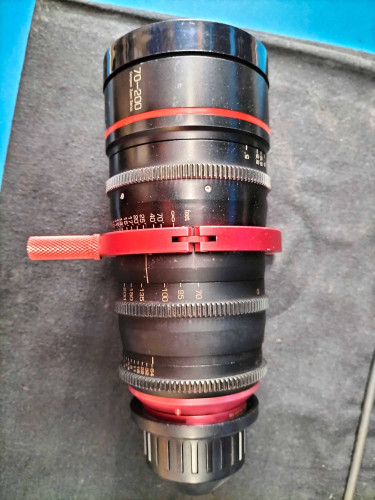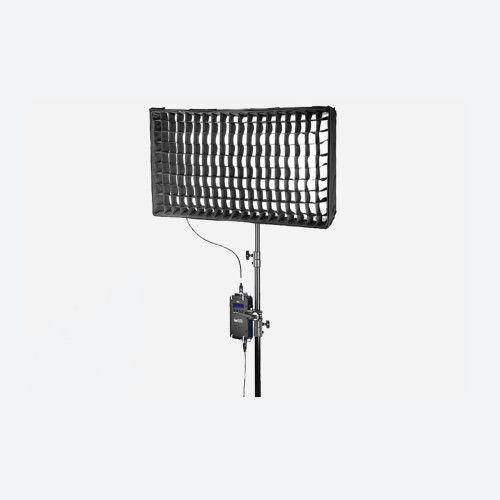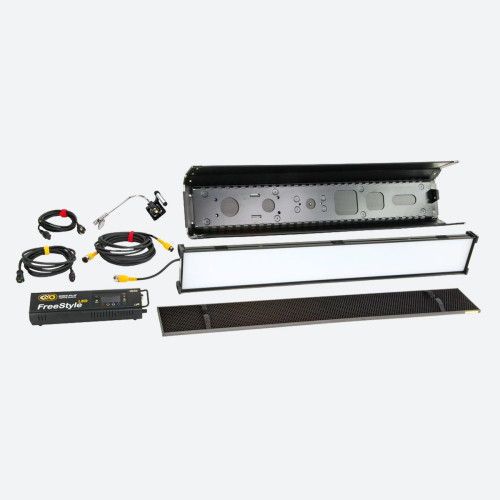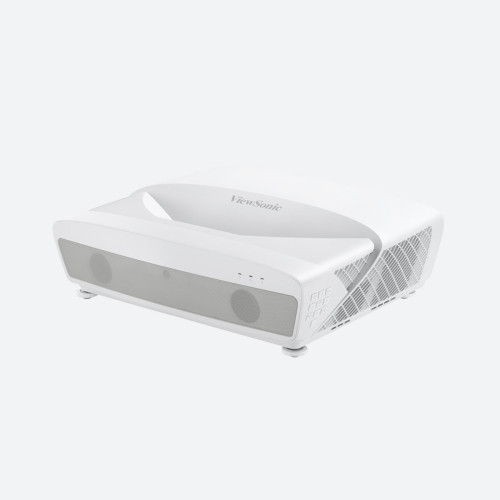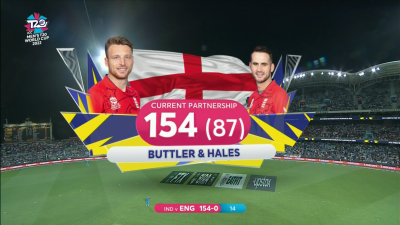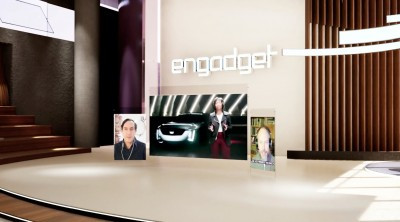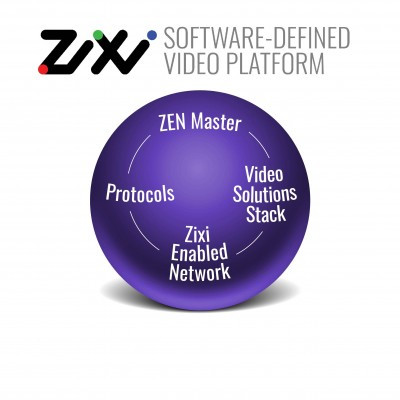Watching Television

Author: Bob Pank#
Published 1st March 2011
The pictures on this page give you a small insight into my life. The first is a picture of the television in my living room. At the time of taking the picture I was watching the English cricket team losing in high definition.
The second picture is of my desk. Again you will see that it is dominated by a large screen (I’m afraid I still have a sneaky suspicion that size matters). There is one big difference between this screen and the one in the living room, though. The computer screen looks really busy.
I regularly need access to the web, Excel, Powerpoint and other good stuff while I am carrying out my primary role in life: stringing words together. The big computer screen means that I can have all this and more, and with the merest tap on the Magic Trackpad I can move from one to the other. The background even tells me where it is day, where it is night and where the weather systems are forming.
You probably do exactly the same with your computer screens, so are already getting slightly tetchy that this month’s column is not going to tell you anything new. What I am trying to underline is the difference between the computer screen and the television screen.
I was talking recently to a very nice man called Greg Gudorf at Technicolor. He made a very simple point to me that was one of those slap your forehead moments: people invest in large television sets because they like watching television pictures. HD is taking off because people enjoy watching really nice pictures on their really nice television sets. And they do not want anything to get in the way of those really nice pictures.
One of the strongest messages coming out of CES this year was that the Next Big Thing will be the connected television. By putting an ethernet port on the back next to the HDMI you will be able to do so much more on your television rather than just watch programmes. You will be able to join in social networks and send instant messages and emails and generally interact with the programme and your friends.
Now there are some obvious reasons why this is a really dumb idea. I have a 15 year old niece who is utterly charming. Like all teenagers, though, she sends text messages and updates Facebook while she is watching television. And the chances are she does not want her mum and dad to see the content of some of the things she says while all three are sharing Glee.
But I come back to Greg’s point, that the real reason why having all this stuff on the television screen is such a dumb idea. It gets in the way of the lovely pictures. And real people do not want that.
The other argument for the connected television is another crackpot idea (in my humble opinion). That is the suggestion that television channels are going to go away and we will receive all our content online.
Just a couple of days ago I went to a shamefully under-attended meeting organised by the Thames Valley branch of the Royal Television Society. A free plug is merited here, incidentally. If you live anywhere near Reading you should mark these monthly events in your diary. They put on a cracking programme of presentations which are almost always interesting – and always free – and there is a lively discussion at the bar afterwards. Cannot recommend them highly enough.
This month the presentation was led by Dave Cockle from Apple. He is a great presenter and most amusing, and he came up with some great statistics. In 2010 there were 700 billion video downloads from YouTube. The number will undoubtedly increase in 2011, driven largely by the current classic of the woman falling into a shopping mall fountain while walking and texting.
But he could not be swayed from the idea that content will be online in the future, and all the problems – like charging for it and finding it and ensuring suitable content reaches suitable audiences – will have to be solved because, well, all content will be online.
A very sensible question came from the floor, about where the bandwidth to deliver all this stuff is going to come from, which got a deeply unsatisfactory answer along the lines of “Cisco would love to sell more kit, and maybe content owners will have to pay for a premium delivery platform”. Which blithely ignored the real infrastructure issues alongside the core political issue of net neutrality.
It may seem bold to tell Apple they are wrong (it is certainly futile) but while you can interact all you like on your phone or your iPad, the inescapable facts are that people like watching television on their television screens, and the most bandwidth-efficient way of distributing content to television screens is broadcasting.



